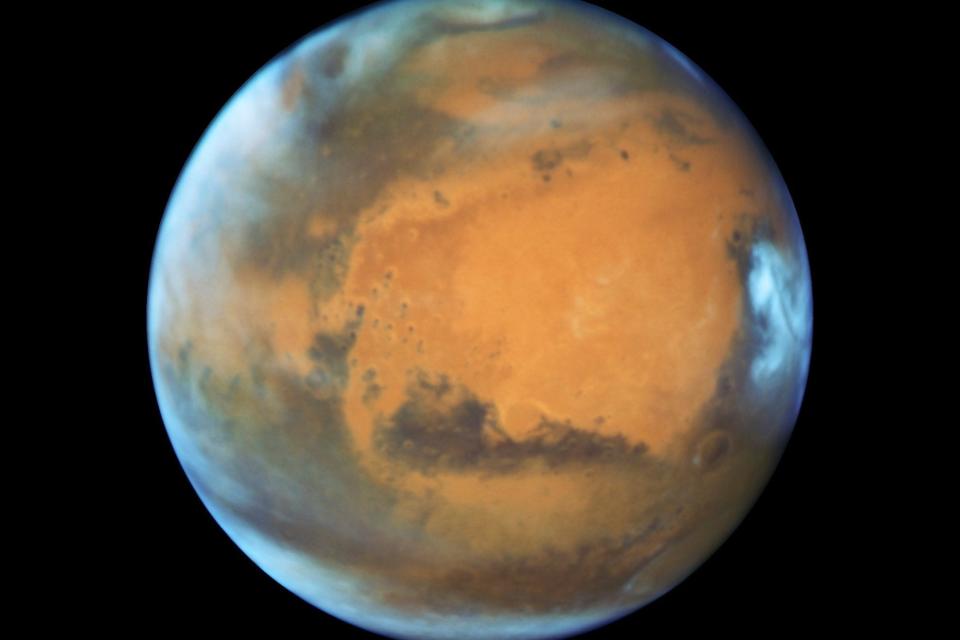New study comparing Mars' valleys to the Arctic raises hope of life on Red Planet

A new paper raises the possibility of life on Mars as researchers claim the Red Planet was once covered in ice sheets like Earth.
The paper, published in the scientific journal Nature Geoscience, argues that hundreds of valley networks on the southern highlands of Mars are a sign of glacial formation similar to that seen in the Arctic.
The researchers from the University of British Columbia compared the surface of 10,000 Martian valleys to the subglacial channels of the Canadian Arctic Archipelago and found that they contained strikingly similar patterns.
Anna Grau Galofre, who led the research published in Nature Geoscience, said her team's findings suggested that both rivers and ice sheets once existed on Mars.
"For the last 40 years, since Mars' valleys were first discovered, the assumption was that rivers once flowed on Mars, eroding and originating all of these valleys," she said.
"But there are hundreds of valleys on Mars, and they look very different from each other.
"If you look at Earth from a satellite you see a lot of valleys: some of them made by rivers, some made by glaciers, some made by other processes, and each type has a distinctive shape.
"Mars is similar, in that valleys look very different from each other, suggesting that many processes were at play to carve them."
Previously, the discovery of the valley networks led to hopes that Mars was once wet and warm.
However the researchers believe that giant ice sheets would have been an even better environment to support life, as life would have been protected by the ice from the harsh environment of Mars' atmosphere.

 Yahoo News
Yahoo News 